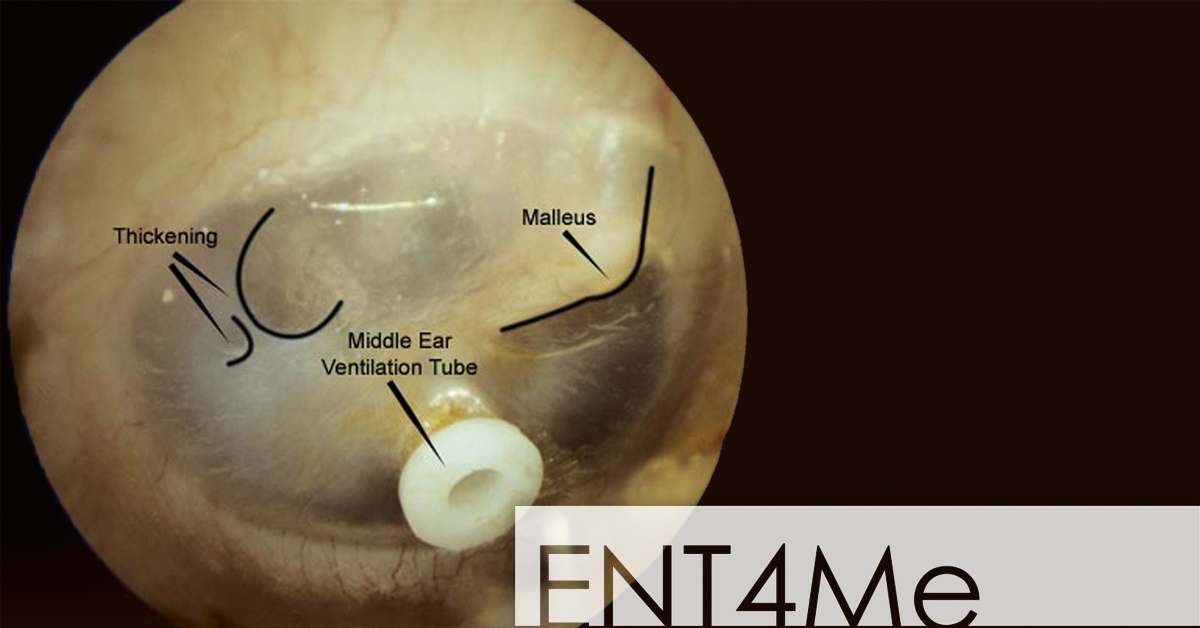

Fluid behind the eardrum can drain out, equalizing the pressure between the middle and outer ear, which should improve your child's hearing. During this surgery, which requires general anesthesia, the surgeon inserts a small drainage tube through the eardrum. If your child has recurring ear infections that do not respond to antibiotics, or if the fluid in the ear affects his hearing, your doctor may suggest putting in drainage tubes. Children under 19 should not take aspirin, due to the risk of developing a rare but serious illness called Reye syndrome. If your child does not have ear tubes in place and does not have any drainage from the ear, your doctor may also prescribe anesthetic ear drops to relieve pain.Īsk your doctor about using over-the-counter oral medications for pain or fever, such as ibuprofen (Advil, Motrin) or acetaminophen (Tylenol). If your child has recurring ear infections, a perforated eardrum, or develops infection after ear tubes have been placed (see Surgery and Other Procedures), your doctor may prescribe antibiotic ear drops instead of oral antibiotics, to be used over a few months. Children who are treated with antibiotics are more likely to develop vomiting, diarrhea, or a rash. If that's the case, there are several options. The antibiotic most often prescribed for an ear infection is amoxicillin, unless your child is allergic to penicillin.

If your doctor prescribes antibiotics, be sure to give your child all the doses. For example, herbal ear drops and homeopathic remedies may help treat or prevent ear infections.īefore giving any medication to a child, whether over the counter, an herbal remedy, or a dietary supplement, you should talk to your pediatrician.Īpplying a warm, moist cloth over the affected ear may help relieve pain. There are also alternative ways to treat the symptoms of ear infections and to prevent persistent and recurrent ear infections.

Your doctor may suggest using an over-the-counter pain reliever (see Medications). The child has mild symptoms or an unclear diagnosis.Because antibiotics tend to be overused for treating ear infections, and because children may become resistant to antibiotics most commonly used to treat otitis media, the AAP and the American Academy of Family Physicians guidelines suggest taking a wait and see approach for 72 hours if: One review of the scientific literature found that the symptoms of otitis media got better in two-thirds of children by 24 hours and in 80% of children at 2 to 7 days. However, most ear infections clear up on their own. If a bacterial infection is present, your doctor may prescribe antibiotics (see section titled Medications). The goals for treating ear infections include curing the infection, relieving pain and other symptoms, and preventing future ear infections. This usually relieves pain and pressure, and in most cases the eardrum heals on its own. With a severe ear infection, pressure may build up and cause the eardrum to rupture. Although it used to be common for doctors to give antibiotics to children with ear infections, now guidelines from the American Academy of Pediatricians (AAP) suggest taking a wait-and-see approach for the first 72 hours. By age 1, 60% of children will have had at least one ear infection and 17% will have 3 or more.Įar infections usually clear up on their own. They happen most often between the ages of 6 to 11 months.

In fact, 75% of all children get ear infections. That's because a child's eustachian tubes are narrower and shorter than an adults', and it is easier for fluid to get trapped in the middle ear. Although adults can get ear infections, they are most common in infants and young children. Mucus, pus, and bacteria can also pool behind the eardrum, causing pressure and pain.Įar infections usually start with a cold. It happens when the eustachian tubes, which connect the middle ear to the nose, get blocked with fluid. Otitis media is an ear infection of the middle ear, the area just behind the eardrum.


 0 kommentar(er)
0 kommentar(er)
